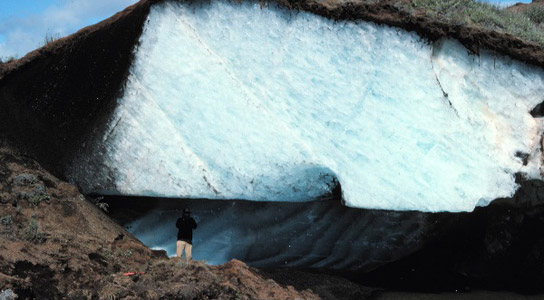
The exposed ice core of a collapsing pingo in Canada’s Western Arctic. Credit: International Polar Foundation
June Arctic snow cover in the Northern Hemisphere dropped by almost 18% per decade over the last 30 years. This drop in snow cover will lower the amount of sunlight reflected away from the planet, which is part of a cooling effect, and result in darker, less reflective soil being exposed to the sun’s rays.
The researchers published their findings in the journal Geophysical Research Letters. This effect will re-emit heat into the atmosphere and this change could also warm the permafrost, alter the timing of the spring runoff to rivers and lead to earlier plant growth in spring.
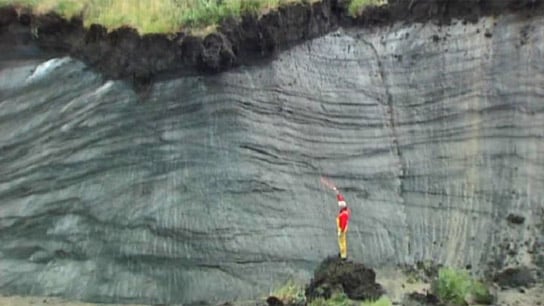
Credit: Image by Scott Dallimore of the Geological Survey of Canada
The swift pace of snowmelt between 1979 and 2011 exceeds the rate of decline in the Arctic sea ice, which is at 11% per decade over the same period. In September 2012, the planet had the lowest extent of sea ice in the satellite record and when this year’s data was included into these calculations, they showed that there had been a 13% decline in sea ice and a 21.5% per decade drop in snow cover.
The link between snowmelt and Arctic sea ice loss isn’t well understood. But if you remove snow cover earlier, you’re creating the potential to send warmer air out over the ocean, which isn’t good for sea ice. Since 1980, the blanket of snow that remains in the Arctic at the end of spring has fallen by two-thirds, from 9 million square kilometers to just about 3 million square kilometers.
This is likely to accelerate permafrost degradation, and could lead to the release of greenhouse gases trapped in the soil. The exact consequences will depend on whether a summer is hot and dry or cool and wet. If the peaty surface layers dry out, they insulate the permafrost and protect it from thawing.
Scientists expect the snow cover to continue to diminish, but it still remains to be seen whether the decline will remain so steep. They need to understand why the observed changes do not match up with the projections of widely used models.
Reference: “Spring snow cover extent reductions in the 2008–2012 period exceeding climate model projections” by C. Derksen and R. Brown, 10 October 2012, Geophysical Research Letters.
DOI: 10.1029/2012GL053387




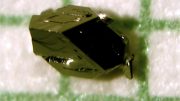


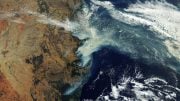
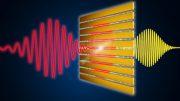
Be the first to comment on "Low Arctic Snow Cover Could be Trouble for Permafrost"